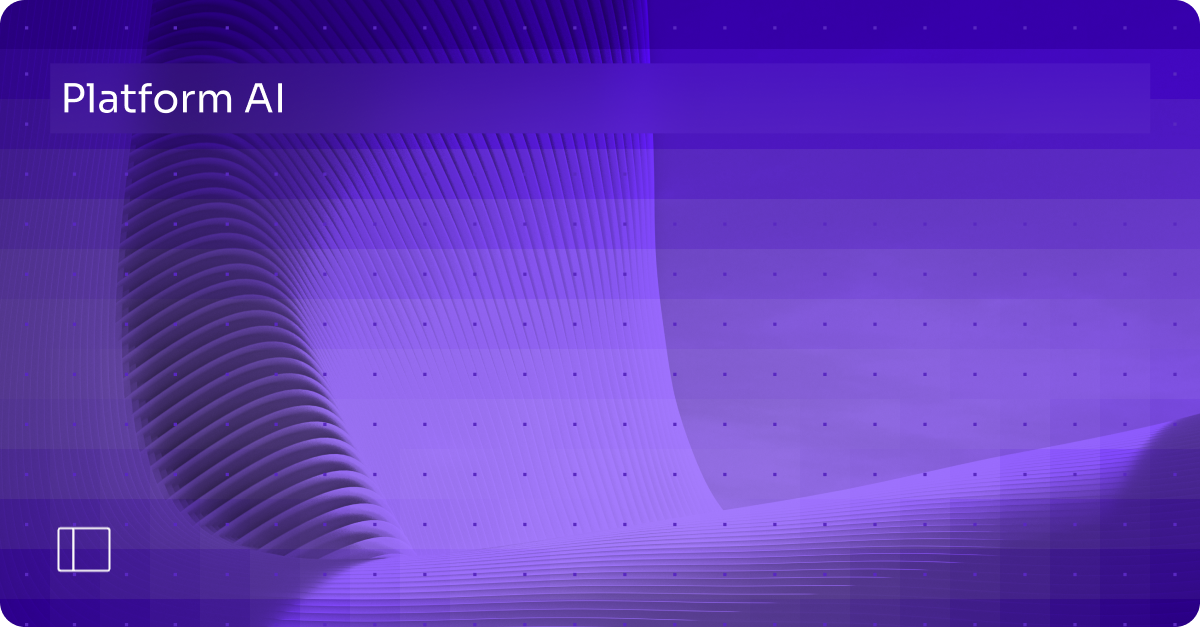Point solutions are everywhere in healthcare. Each one promises to fix one issue, close one gap, or optimize one workflow. It’s an approach born from the right intentions, but too often executed in silos. Over time, the result is a fragmented technology ecosystem that demands too much from staff and delivers too little in return.
Health systems are now experiencing the costs of this fragmentation: disjointed patient experiences, ballooning administrative burden, and unnecessary delays to everything from scheduling to revenue collection.
More isn’t always better. It’s time to consolidate.
The unintended consequences of too many point solutions
From appointment scheduling tools and fax elimination bots to niche analytics dashboards and standalone billing platforms, point solutions are stacking up. Each one offers a compelling solution to a specific challenge. However, the problem is that healthcare organizations aren’t facing isolated problems. They’re facing systemic ones.
Clinicians aren’t working in a vacuum. They’re operating in an environment with deeply interconnected workflows, anchored by EHRs and core IT systems. Yet every tool introduced as a “quick fix” operates within a standalone box, and adds another login, another layer of training, and another data silo.
These inefficiencies add up. Ambulatory care physicians now spend an average of 5.8 hours per eight hours of patient care time working in their EHR alone. Much of this is done outside of scheduled clinical hours. Fragmented point solutions exacerbate this issue, requiring physicians to toggle between disparate tools to complete tasks that should be automated, integrated, or eliminated altogether.
And in reality? These point solutions are mostly LLMs wrapped in a sleek user interface. They aren’t intelligently communicating with one another, and can’t be orchestrated for unified, enterprise-wide automation. They result in additional administrative drag that not only contributes to high burnout rates but also diminishes time available for direct patient care.
Beyond time spent in the EHR, staff are managing thousands of inbound and outbound calls and processing faxes manually — both critical workflows that point solutions rarely address holistically. A tool may automate appointment rescheduling, but does nothing to classify 1,500 faxed documents per day. Without a comprehensive platform that can work across workflows, these high-volume channels remain stuck in legacy mode.
The answer isn’t another point solution — it’s an integrated platform
To achieve true innovation in the healthcare industry, health systems must stop layering more LLM-heavy tools onto already-burdened workflows. Instead, they need a platform strategy where automation, integration, and intelligence are built in, not bolted on.
Notable’s AI Platform replaces dozens of isolated point solutions by leveraging Intelligent Agents that operate across the care continuum. These Agents don’t just optimize single tasks. They automate entire workflows, from pre-visit planning and intake to revenue cycle, care gap closure, and quality improvement. AI Agents can handle inbound and outbound phone calls, send patient reminders, collect payments, and automatically extract and triage incoming faxes — all directly within clinical and financial workflows. Together, they create an elastic workforce that can expand or contract as needed without the constraints of fixed headcount or budget. This enables healthcare organizations to scale their operations efficiently, respond to fluctuating volumes, and maintain high–quality service levels without altering or overextending their workforce.
Importantly, these AI Agents are mostly invisible to clinicians. A provider doesn’t need to open a new tool or learn a new process. They experience the benefits directly inside the EHR, without even realizing additional technology is in play. Work is done on their behalf, and their ability to focus on patient care is restored.
This isn’t a nice-to-have. Being able to orchestrate AI Agents across a platform is essential when facing the realities of today’s healthcare industry, where staffing shortages are critical, and efficiency is existential.
Intelligent automation delivers where point solutions fall short
When deployed across an integrated platform, automation delivers measurable results that point solutions simply can’t match. It’s helping healthcare organizations:
- Decrease no-shows
- Close care gaps
- Reduce documentation time
- Eliminate manual classification and routing of faxes
- Automate inbound and outbound phone interactions
These system-wide gains are achieved across one platform, with limitless possibilities once adopted. They’re made possible by moving from scattered tools to a comprehensive automation strategy.
2025: The year to focus on Platform AI
Not all AI is created equal, and not all automation is transformative. Healthcare organizations need to look beyond narrowly scoped “AI in a box” features that can’t learn intelligently or scale enterprise-wide. They need to focus on broader platforms that orchestrate automation across departments, systems, and roles.
Intelligent Agents powered by Platform AI create this horizontal scale. They’re configurable, adaptable, and always learning; an elastic workforce that can grow with your organization without ballooning headcount, costs, or complexity. That’s why more than half of Notable’s partners expand their automation footprint within their first year, and why 2025 is the year for Platform AI and Intelligent Agents.
The future of healthcare runs on connected automation
Healthcare doesn’t need another workaround, another point solution, or another LLM wrapped up in a sleek user interface. It needs a foundation that transforms legacy operations — from fax intake and phone scheduling to claims and reimbursements — into coordinated, intelligent workflows driven by system-wide automation.
If 80% of administrative tasks will be automated by 2029, there’s no time to waste on siloed tools. Now is the time to consolidate, unify, and move forward with a single platform.










